Calligraphy is more than pretty handwriting. It’s a visual art that carries feeling and meaning through the shape of letters. Using tools like brushes and pens, the artist gives each stroke its own character and life. When this meets the uniquely designed Korean script, Hangul, the result shines across fashion, product design, and fine art. You can think of it as modern calligraphy—a contemporary blend of Western calligraphy and East Asian brush writing—where the artist’s style and emotion turn lettering into a finished work of art.
Lately I’ve been working with calligraphy artist Su Kang on a special project to merchandise her work—bringing it into products people can own and enjoy (think art prints, stationery, packaging, and more). 😎 In my last article, I talked about the very first step in bringing an artist’s work into products: listing and cataloguing the pieces.
This also lines up with what I wrote earlier ‘What Does It Take to Become a Professional Artist? – Part 4: You Need to Exhibit and Sell’. With that in mind, let me introduce the star of this journey, Toronto-based artist Su Kang.
Beyond her major and career: discovering calligraphy
Su studied ‘Decorative Arts’ in Korea, which says a lot about her natural instinct to arrange, adorn, and bring order to things. In Canada, she spent many years in real estate staging. That background makes it easy to see why calligraphy drew her in so quickly: styling a room and composing letters share the same core ideas—composition, balance, and negative space.
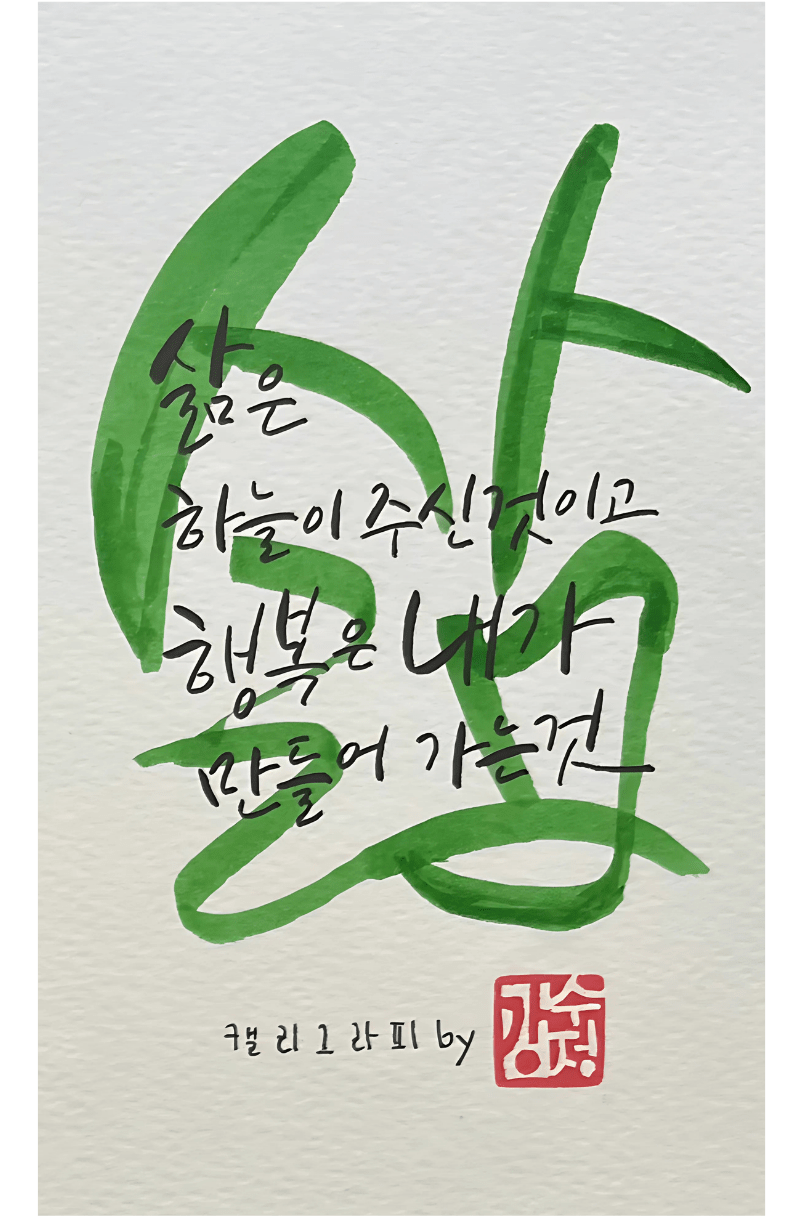
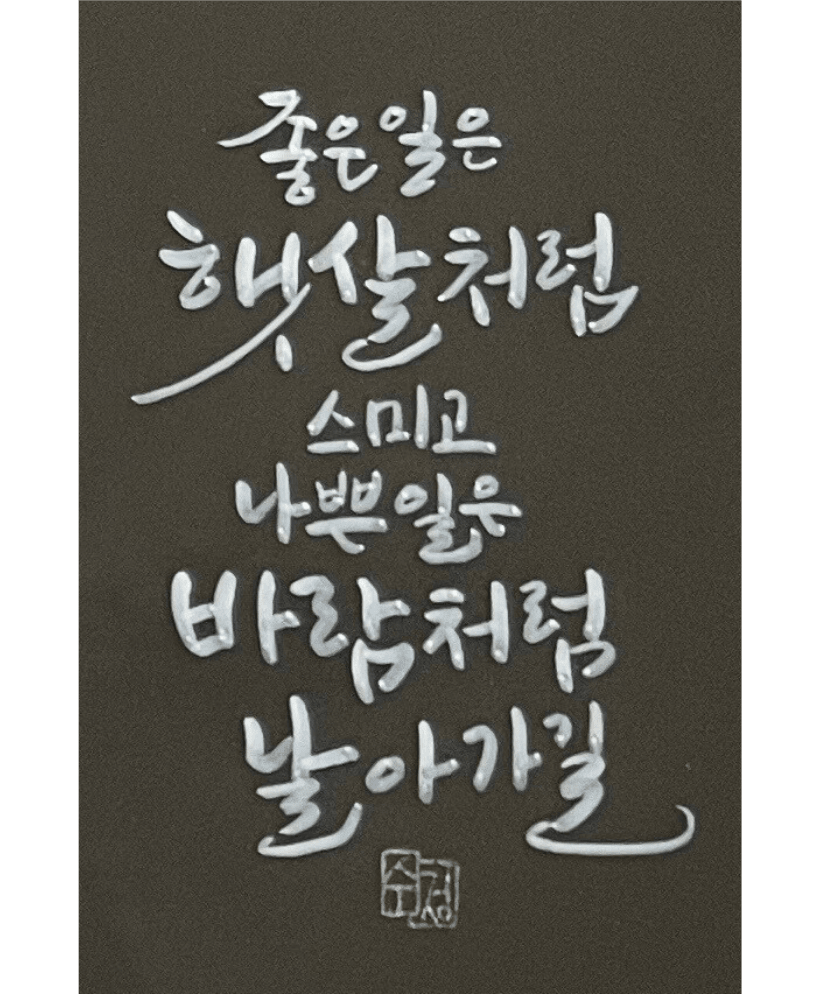
Positive messages, and a calm mind on the page
Calligraphy is not only about visual beauty—it’s also about the meaning carried within each letter. The words themselves matter just as much as the strokes that shape them. One challenge ahead is finding ways to share that depth of meaning with English-speaking audiences here in Canada, where the cultural connection to Hangul may not be as familiar.
Su’s lettering often carries bright, uplifting verses and lines. She wants her work to pass on joy and simple, important truths. For her, making calligraphy is not just about the final piece; the process itself is healing.
When she feels sad or scattered, the work doesn’t flow. Unlike many artists who pour raw emotion into the canvas, a calligrapher needs to write with a peaceful mind. The image is almost monastic—like medieval monks or temple scribes copying sacred texts. When Su feels stuck, she often copies masterworks: it clears her thoughts, sparks ideas, and gently resets her hand.
Art in daily life—and the step into products
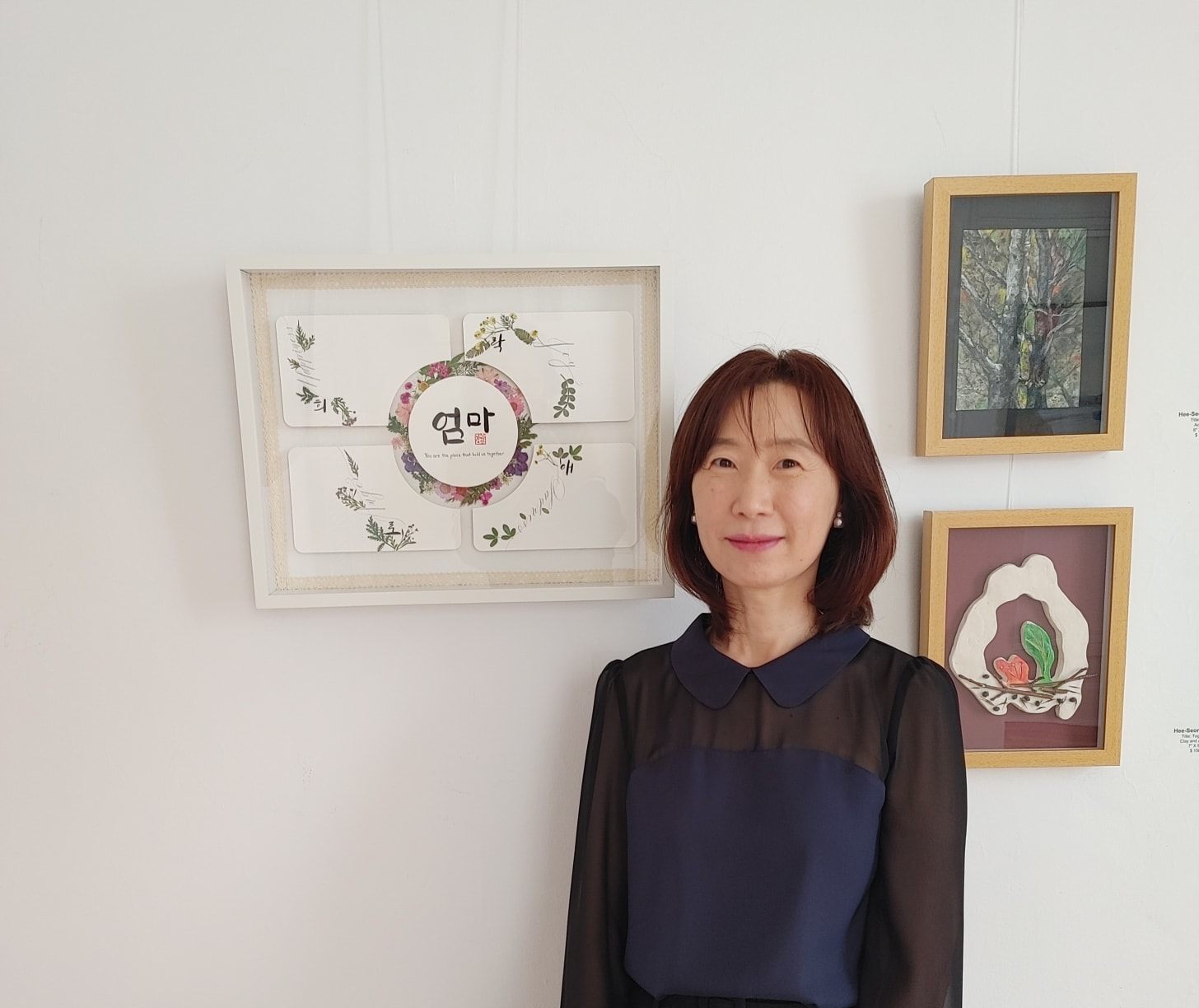
As an artist, Su tries to keep a simple routine: one calligraphy card a day, plus steady practice in different lettering styles. For her, calligraphy isn’t a side project; it’s a way of life. When she makes gifts, her lettering slips naturally into daily moments—writing congratulation cards, engraving letters on candles, decorating gift envelopes. That habit blurred the line between art and everyday life and opened the door to turning her work into products—a thoughtful move toward merchandising (including art licensing and product design) and wider sharing.
✅ So—shall we follow the journey of how calligraphy becomes a product people can buy and love? If you’d like to see more from this project or explore Su Kang’s work, please reach out to the 👩🎨 artist 📩 at sukang388@gmail.com
✅ And if you’d like to follow along as this journey unfolds, make sure to subscribe and stay connected. If this article sparks any ideas, big or small, please share them in the comments below—we’d love to hear your thoughts.
At 🚀 SayLizard Creative, our mission is to support artists in building sustainable businesses around their art. You can also connect with us on Instagram @saylizard.creative or @say.juna
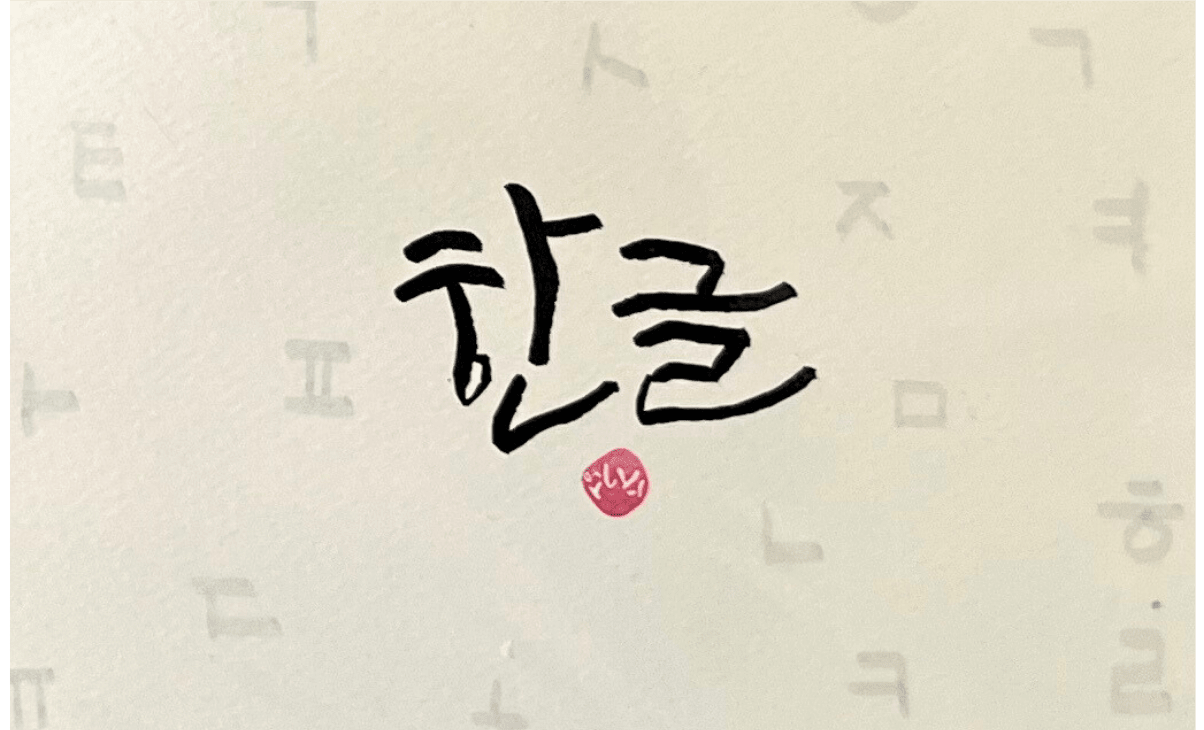
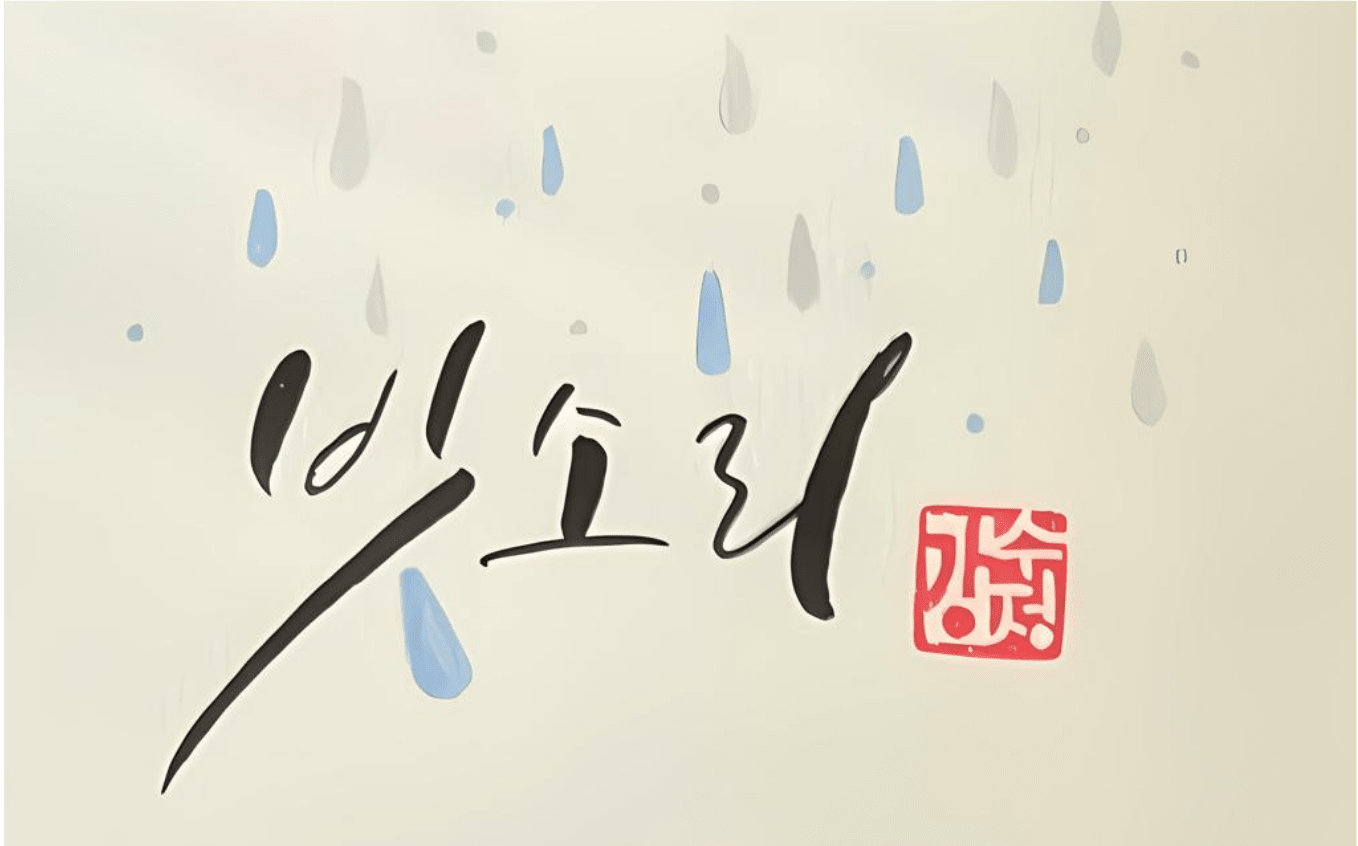
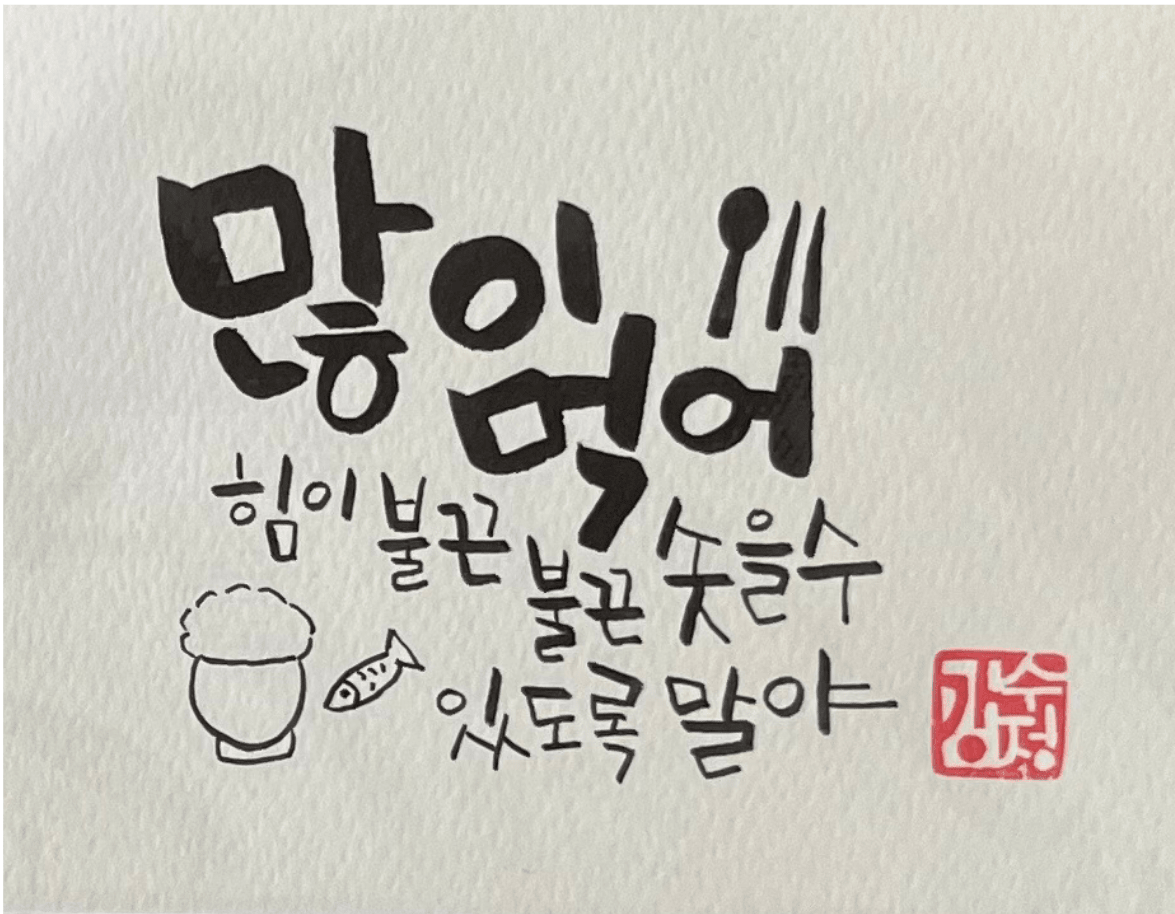
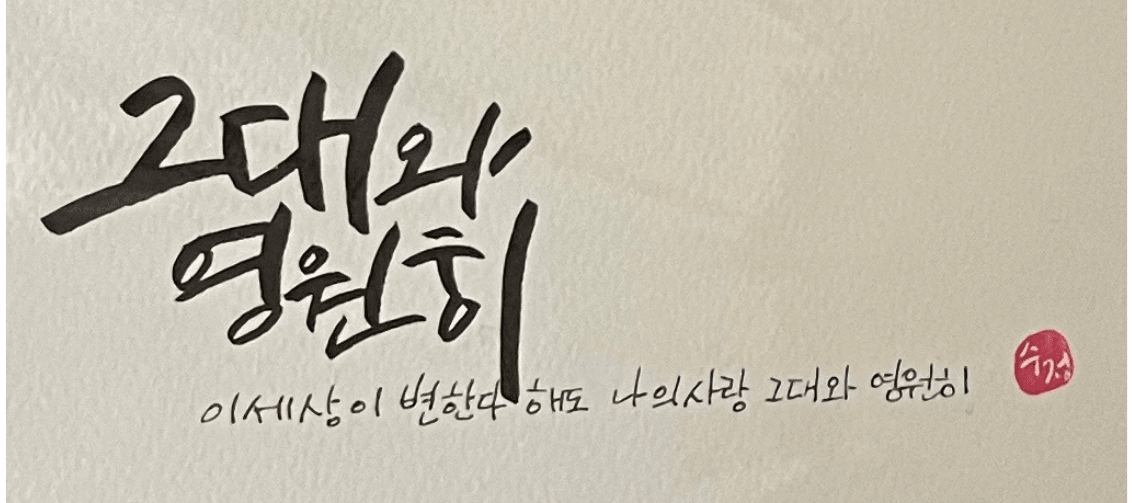
Great insight. Well done.